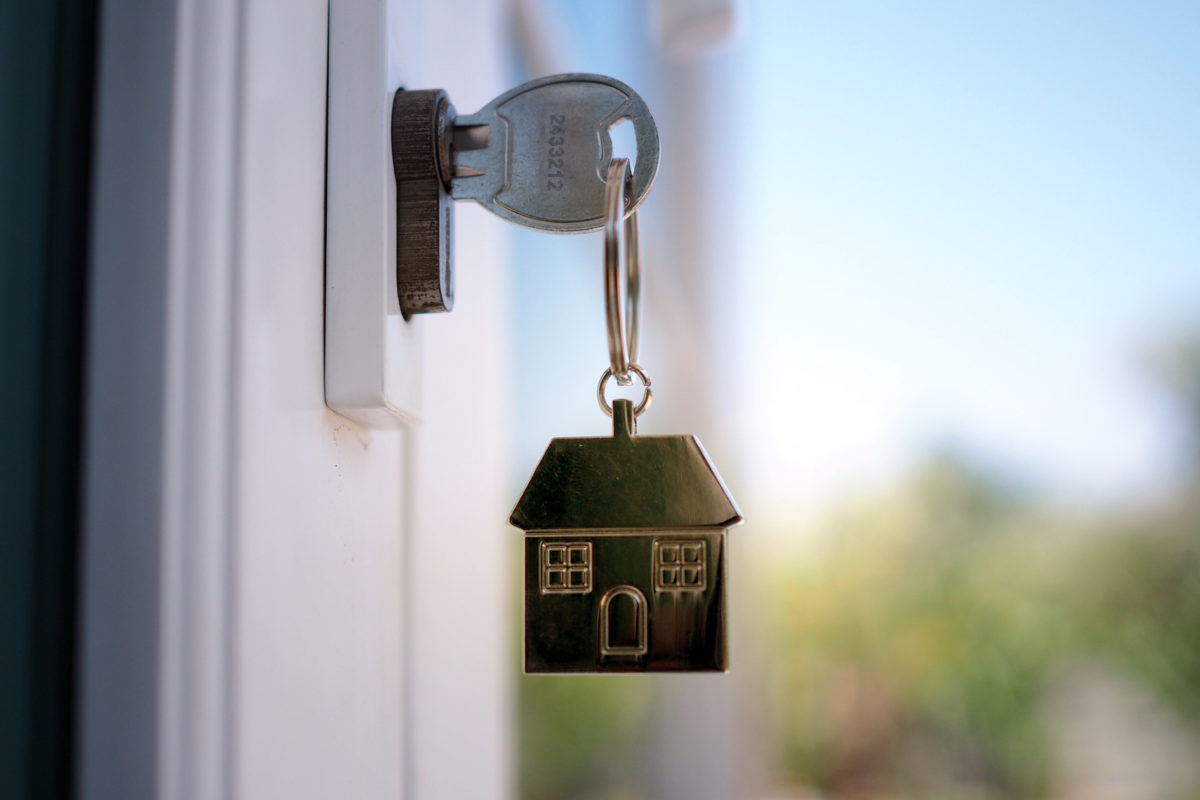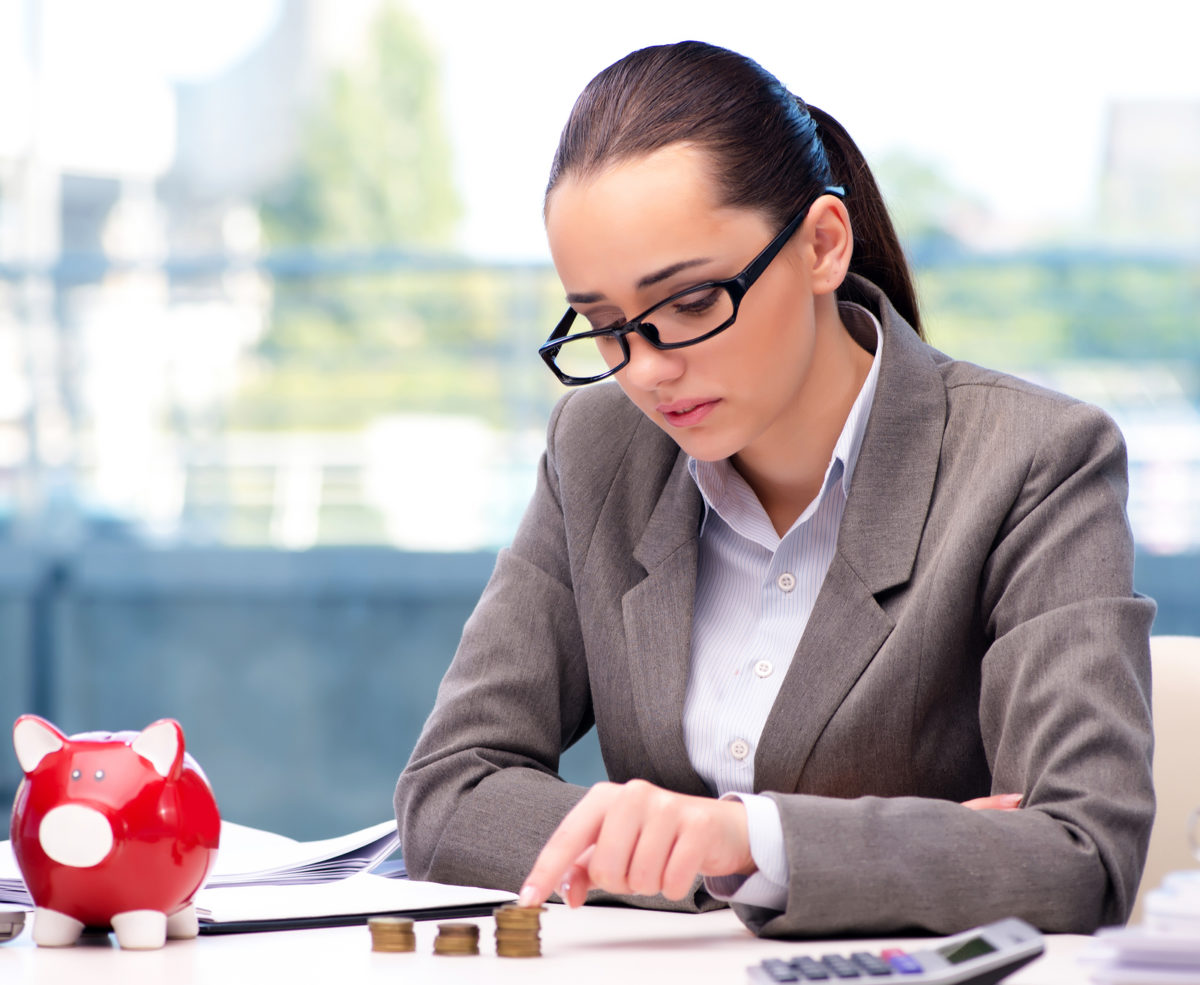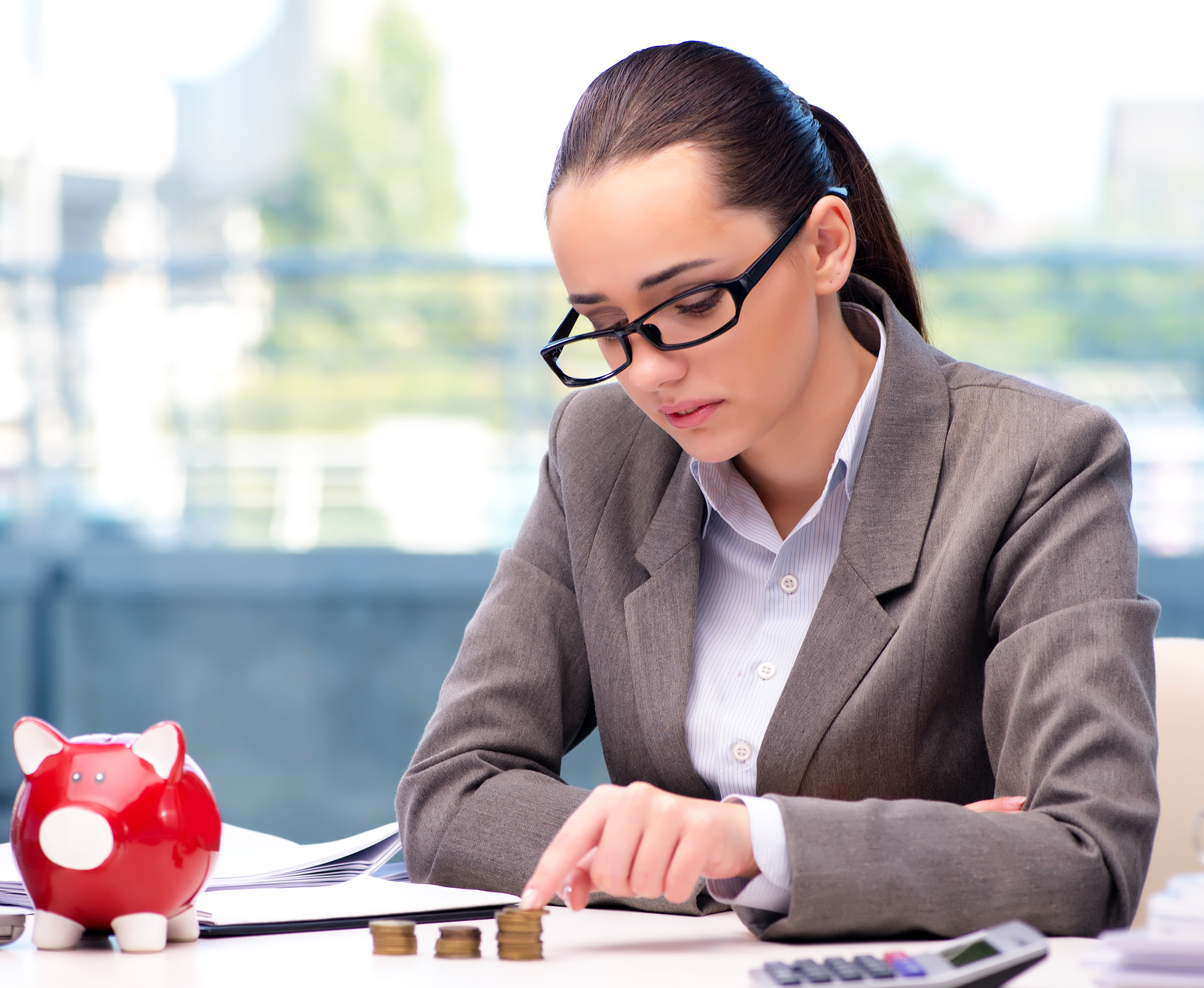While the government shutdown has brought out the best in millions of Americans, there will always be those who seek to take advantage of any situation.
Unfortunately, because government agencies charged with rooting out the scammers are closed, they’re finding it much easier to get away with their illegal hoaxes.
Thanks to the folks at Equifax, the credit reporting agency, many of the more common scams have been exposed. Be on the lookout and don’t get taken in.
“I’m calling from the [government agency name]”
Be wary of an email or phone call purported to be from a government agency. The person or email will tell you that the agency needs your banking information and, if they don’t receive it, your Medicaid or Social Security will be terminated.
Don’t fall for it and never follow a link in an email from someone you don’t know. “It could download a virus onto your computer or device. Make sure the antimalware and anti-virus software on your computer is up to date,” warns officials with the U.S. Federal Trade Commission (FTC).
According to the experts at Equifax, “… government agencies will not contact you unless you request it, and they will never request personal information over phone or email.”
The same goes for any communication regarding your government stimulus check. “The government will not ask you to pay anything up front to get this money. The government will not call to ask for your Social Security number, bank account, or credit card number. Anyone who does is a scammer,” according to the FTC website.
Learn more about the stimulus payment scams, later in this post.
Have you applied for a government grant or loan?
You may receive a letter, email or phone call telling you that you’re pre-approved for the loan or grant but they need your banking information so that they can deposit the funds.
The letters may appear to be on official letterhead and the emails may look equally authentic.
Again, never click on a link in these emails.
Instead, use the search bar in your web browser to navigate to the agency’s site to check your status, or call the number on the agency’s website.
Looking for a job?
Use caution when replying to job offers that arrive via email, especially if it’s for a job to which you didn’t apply.
Again, don’t follow any links within the email. Use your favorite search engine to research the company. Look for an “employment opportunities” or jobs section of the website and learn if the job is listed there.
Never give your email address or phone number to anyone you don’t know who calls or texts you.
Ignore potential employers who ask for a fee for training materials, an application fee or fees for anything else. “Employers and employment firms shouldn’t ask you to pay for the promise of a job,” according to the experts at the FTC.
Stimulus payment scams
Where there’s money, there are scammers trying to get their hands on it. The latest involves the stimulus checks that Americans are receiving in their bank accounts or in the mail.
Ignore phone calls and emails stating that you must pay a fee to get your payment or anyone who claims that you need to supply your social security number, bank account information or debit card account numbers to receive your stimulus payment.
The folks at the FTC urge you to follow these tips to avoid a COVID-19 stimulus payment scam:
- The IRS won’t contact you about your payment. Anyone who emails, texts or calls you claiming to be with the IRS is lying.
- There is no fee to claim your stimulus payment.
- A common scam right now is a communication purported to be from the IRS saying that you were overpaid and need to send back some of the money.
If you suspect a scam, report it to the FTC at ftc.gov/complaint
Remember:
- Don’t click on any links or download any attachments in emails from anyone you don’t know personally.
- Never give out personal information to strangers, regardless of who they say they are.




















